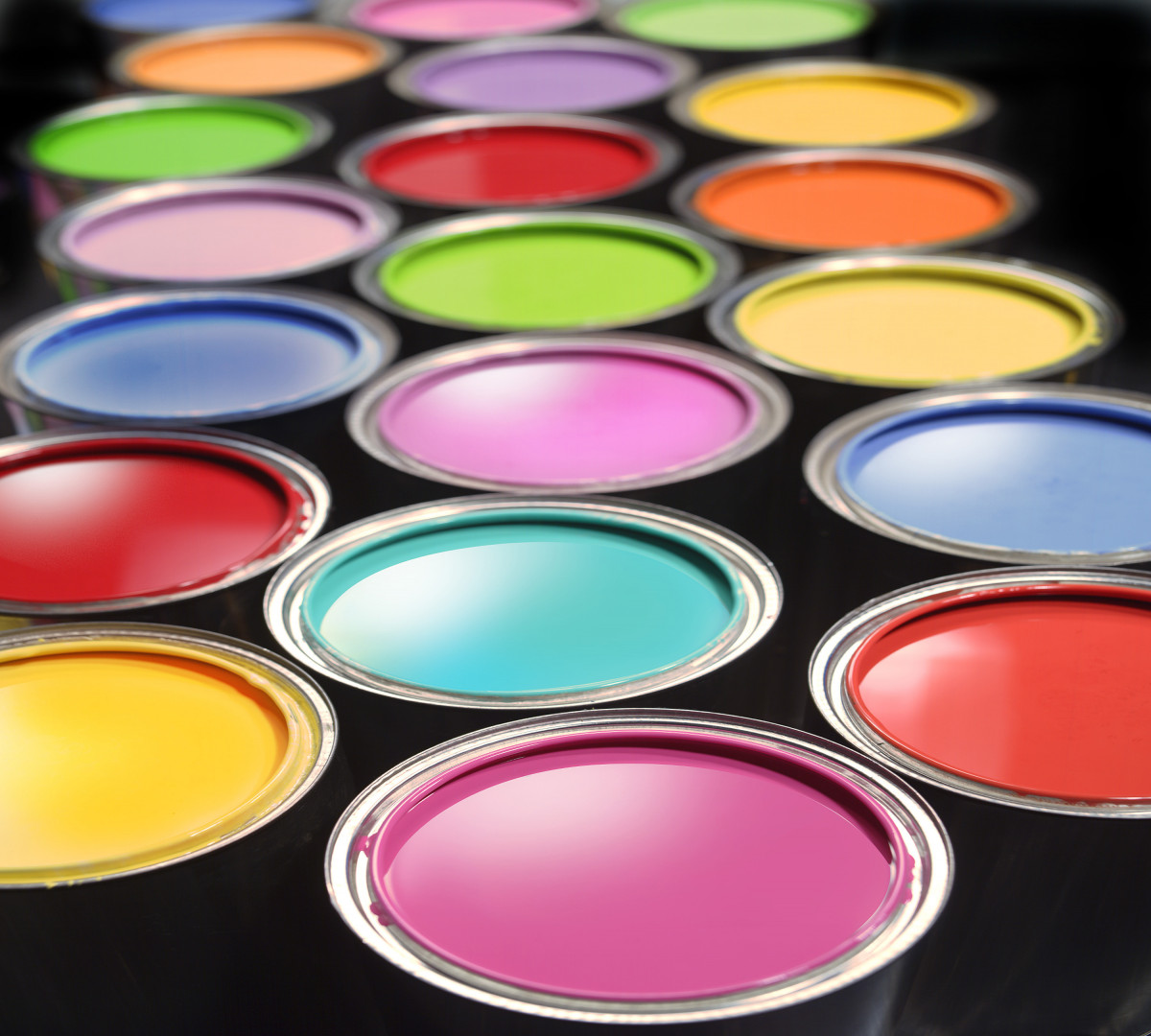
How to Create Your Paint Tones?
Contents
– Mixing colors to get your own tint
– How to mix paints?
– Precautions to take when testing your tint
If you want to prepare your own painting, you can also make your own colors. You can create your paint tones quite easily: it’s the mixing of different colors that will create unique tones.
Mixing colors to create your own hue
What colors to mix to create your own paint shade? And how do you do it? Follow the guide.
Making tangy colors
If you want to make the major hue color yourself, start by mixing the primary colors to get the intended secondary color:
– red and yellow to create orange with more red for a strong orange and vice versa;
– blue and yellow to create green with more yellow for a light green and vice versa;
– blue and red to create purple;
– green and red to create brown, etc.
Caution: be careful with the use of black. You can use it to darken an original color a bit by adding a few drops, but not much more, as black paint tends to cover the color.
Creating Pastel Colors
If you want a less acidic color, you can give it a pastel tint by adding white:
– For example, we mix 1/3 red for 2/3 white to make a pastel pink.
– To make a pastel green, mix blue and yellow, then add white to tone it down. You can also take a green already made and add white.
In the same way, you can create light shades and make cameos by adding more or less white to your base color.
Note: if you aim for a particular result, you can use a color chart or a color wheel.
How to mix paints?

Creating your own paint colors is fairly easy. To do this, 2 solutions are possible:
– mix natural pigments or colorants with white paint;
– mixing ready-made paint pots.
Here are a few tips on how to make your paint shade:
– Remember to make your mixtures in small “test” pots to avoid wasting too much paint if you don’t get the desired color.
– At the same time, remember to keep in mind, or even write down, the proportions of color to be poured to be able to make your mix in large pots.
– When mixing, after the additions and once the result seems satisfactory, let the color rest to observe the real result and readjust if necessary.
Precautions to take when testing your shade
Next, there are a few precautions to take to get an idea of the shade result before repainting the entire walls of a room:
– Find an inconspicuous area to apply the paint and let it dry to test your shade.
– Apply several coats if your shade is light and one or two if it’s a darker shade.
Depending on the paint you choose to mix, you may have to wait up to 15 days after application to see the final shade.
You can now try your paint tones to get the desired colors you have always liked, and as you would know, this post is only complete with you sharing your experience in the comments below.
Want to read some more DIY articles?
- How to Make Your Paint;
- How to Do a Paint Touch-Up;
- Painting With an Airless Sprayer;
- How to Paint Melamine;
- How to Paint MDF;
- How to DIY Paint a Barbecue;
- Why You Should Hire a Professional Painter;
- How to Apply an Undercoat of Paint?











